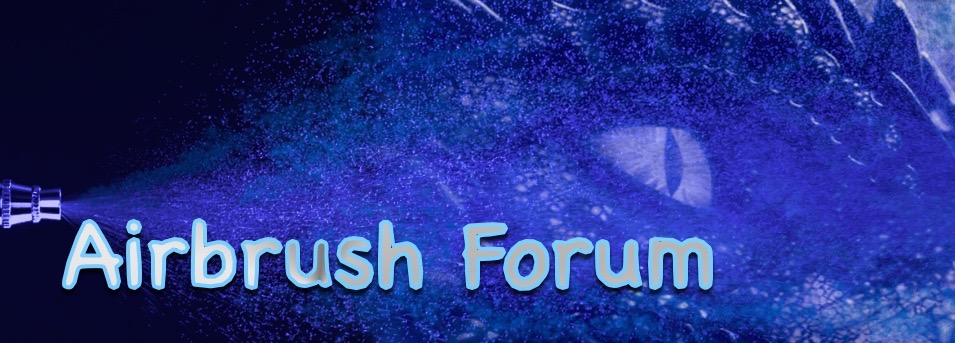M
MrDigBick
Guest
Hi guys, as some of you know I purchased a hp-cs the other day. It feels great but I'm really struggling with the detail side of things.
I can't draw, will never pretend I can, Forever trying always failing. I was really hoping this brush would allow me to maybe move on past the infant ability level I had a go at some fine detail this afternoon and Im crap.
I'm using auto air paint
Auto air 4011 reducer
The triger feels a lot more heavier than what I'm used to with my cheap knock offs. This means when I take the tip off I go in for fine detail I get nothing nothing SPLODGE of also getting quite a bit of spidering and tip dry....
I am a proper green noob any form of art and maybe these are the learning steps everyone must go through but, today I must admit I felt defeated and really deflated. Even the wife asked what was wrong.
Cheers for any input given
Tom
I can't draw, will never pretend I can, Forever trying always failing. I was really hoping this brush would allow me to maybe move on past the infant ability level I had a go at some fine detail this afternoon and Im crap.
I'm using auto air paint
Auto air 4011 reducer
The triger feels a lot more heavier than what I'm used to with my cheap knock offs. This means when I take the tip off I go in for fine detail I get nothing nothing SPLODGE of also getting quite a bit of spidering and tip dry....
I am a proper green noob any form of art and maybe these are the learning steps everyone must go through but, today I must admit I felt defeated and really deflated. Even the wife asked what was wrong.
Cheers for any input given
Tom
